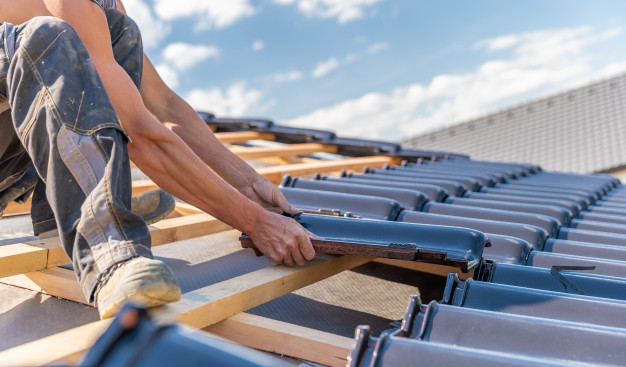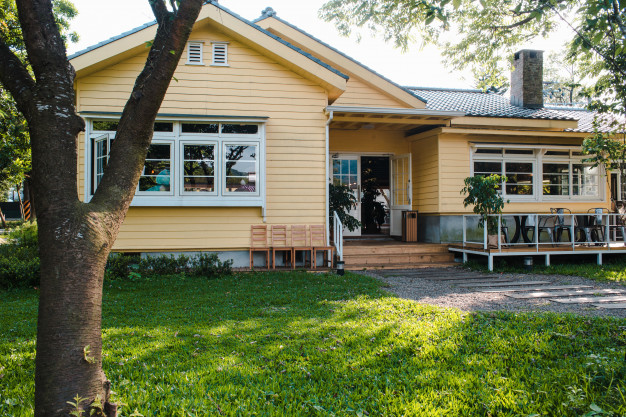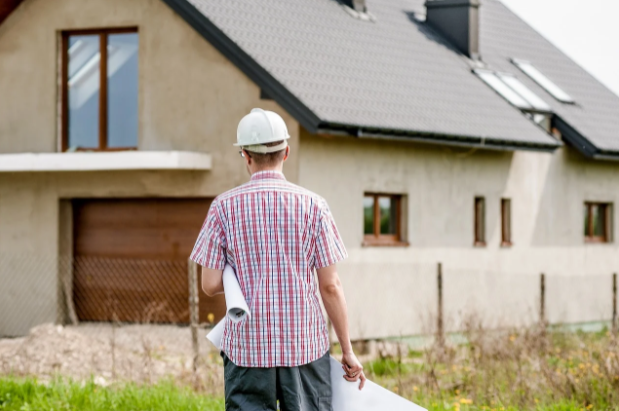The Risks of Buying an Old House
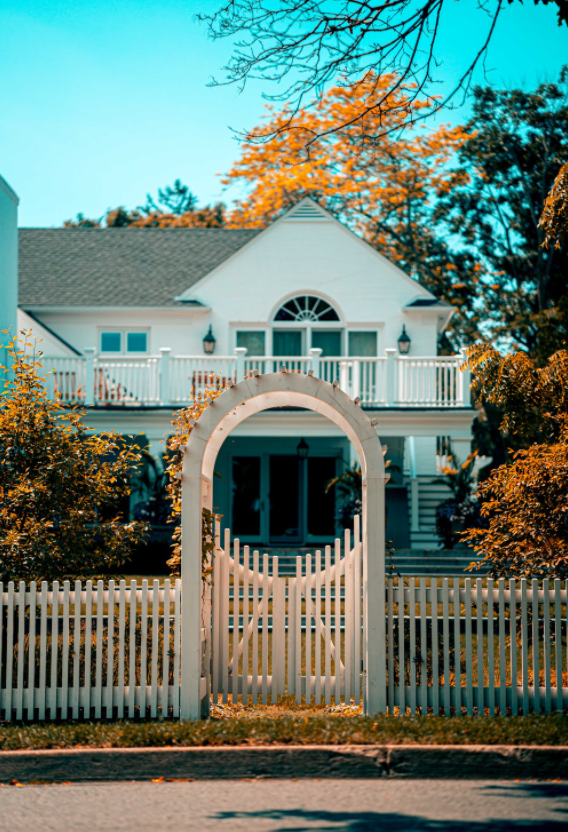
Buying a house is an exciting prospect, but despite all the titillation, you need to keep a level head!

Photos By: Pexels
What you want and what you need are two very different things, and you then also need to factor in the risks, of which there are many when it comes to investing in property.
Older properties are increasingly in demand with new homeowners because they tick all the boxes: large, reliable, cheap, full of potential…the list goes on. Oftentimes, old houses strike the balance between need and want, and they tend to be thought of as less risky since they’ve been standing for a long time. Whilst this might seem like the case, they can actually be riskier than new-build houses, and here’s why.
1. Structural Issues
If your house is over 100 years old, it’s safe to say it was built with relatively primitive technology. This means it could well have shallow foundations, and these are a big problem. On top of this, it could have been built on soft ground like clay, or it might be near trees. After all, large cityscapes weren’t a thing years ago, so tree lined streets were more common. Whilst they look great, they – like clay and shallow foundations – can cause severe issues with the structure of a house.
Subsidence can be extremely difficult and expensive to treat, but unfortunately, it’s a risk of every older property. Before you make a purchase, get a professional survey done to highlight any potential structural risks that could make or break the deal.
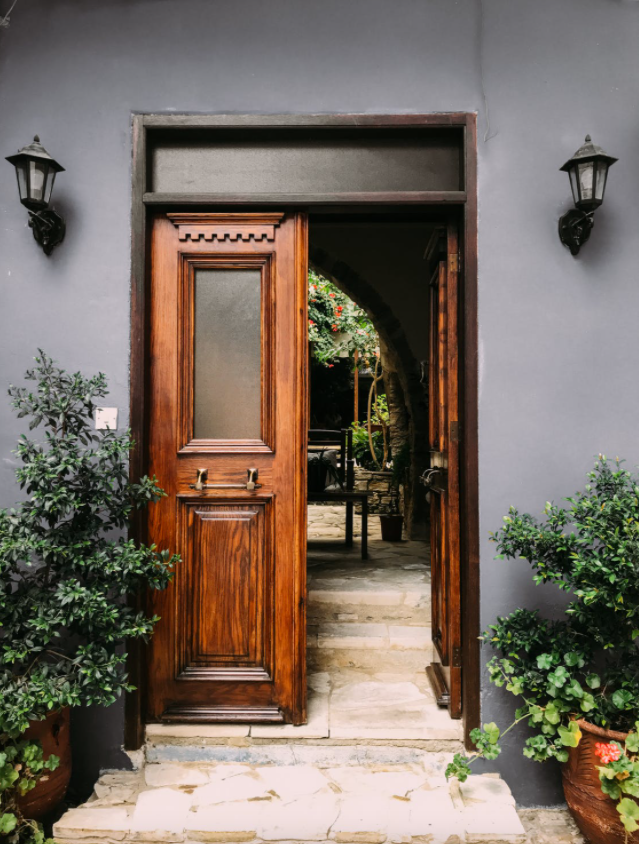
2. Dangerous Materials
We’ve already mentioned primitive technology, but older houses were also likely built at a time with primitive healthcare and scientific advancement, too. This means at the time, the risks of certain materials were not fully known. Many older properties were built with what seemed like safe materials, but we now know they’re not.
There are lots of regulations in place with regards to dangerous materials, such as the requirement for UK asbestos removal and the banishment of new lead water pipes in the U.S. Despite this, many older houses still feature harmful substances which can present a risk, so if you’re looking at buying an old property, consider the costs associated with replacing these substances.
3. Insurance Costs
Some older properties have special protections because of their age and the fact they often hold architectural significance. From stained glass windows to thatched roofs, if you buy an older house, you might find that you need to ask special permission to make changes, and certain things will be out of bounds. This, paired with the age and the potential for things to go wrong, could well mean that your insurance costs are higher than those of a newer property. This isn’t necessarily a physical risk, but it can be a financial one, and it could hamper the option for you to thoroughly put your own stamp on a house.
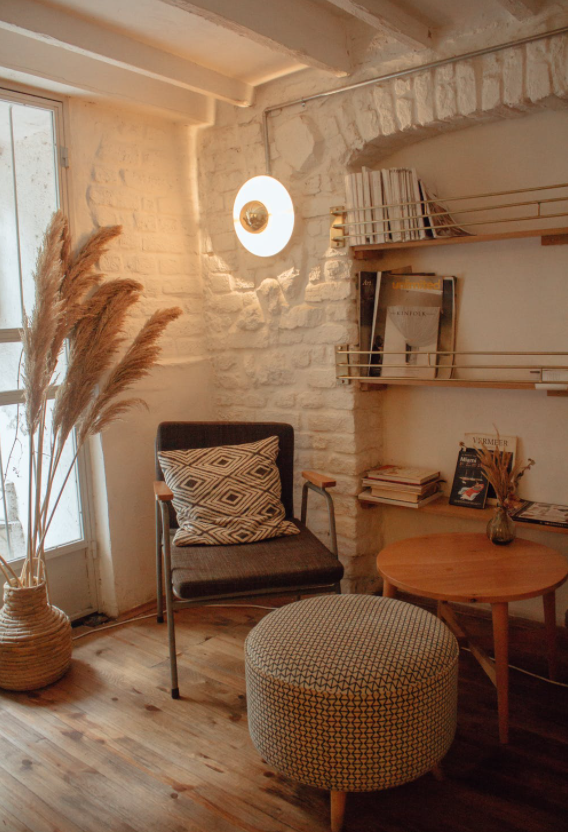
4. Expensive Maintenance
The older a property is, the more you will need to do to bring it up to scratch, and the more you start to dig deep, the greater the risk of exposing expensive issues. For example, you might find that the entire house needs to be re-wired if it hasn’t been replaced in the last 25 years. You might also uncover damp or wood rot issues, all of which can present a physical and a financial risk.
Summary
For all the risks of older properties, they make great homes and, when looked after, can serve you a lifetime. Just make sure you’re aware of the risks before committing.


